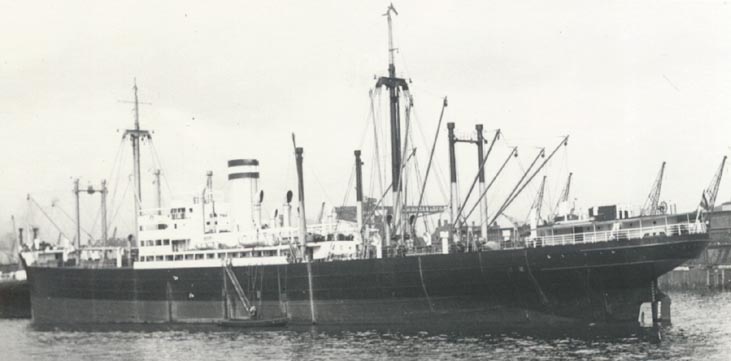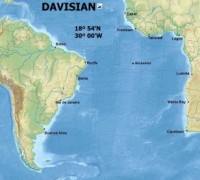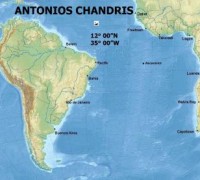RAIDER WIDDER 2 SHIPS SUNK - WIDDER SCHIFF 21
1)RAIDER WIDDER SCHIFF 21
Raider Widder seen above during post war years as repair ship Neumark. Photo (Auxiliary Cruiser / Raider) - Widder (bismarck-class.dk)
CHARACTERISTICS:
Built 1930 as Neumark
Tonnage: 7,851/11,269 tons
Length: 152 m (499 ft)
Beam: 18.2 m (60 ft)
Draught: 8.3 m (27 ft)
Propulsion: Geared turbine four boilers 6,200 hp (4,600 kW)
Speed: 14 knots (26 km/h; 16 mph)
Range: 34,000 nmi (63,000 km; 39,000 mi) at 10 kn (19 km/h; 12 mph)
Endurance: 141 days
Complement: 364
Armament: 6 × 150 mm (5.9 in) guns
1 × 75 mm (3.0 in) gun
1 × twin 37 mm (1.5 in) gun
2 × twin 20 mm (0.79 in) guns
4 × torpedo tubes
92 mines
Aircraft carried: 2 × Heinkel He 114B
Widder (HSK3) wasan auxiliarycruiser (Hilfskreuzer)of Nazi Germany's Kriegsmarine that was used as a merchant raider in the Second World War. Her Kriegsmarine designation was Schiff 21, to the Royal Navy she was Raider D. The name Widder (Ram) represents the constellation Aries in German. The name was given after the horoscope sign of the ship's master, Kapitän zur See Helmuth von Ruckteschell.
Built for HAPAG, the Hamburg America Line, at Howaldtswerke, Kiel, she was launched in 1930 as the freighter Neumark. After an uneventful career she was requisitioned by the Kriegsmarine for use as a commerce raider. She was converted for this purpose by Blohm & Voss in late 1939, and commissioned as the raider Widder on 9 December of that year. She sailed on her first and only raiding voyage in May 1940.
Widder sailed as part of the Kriegsmarine's first wave of commerce raiders, sailing on 6 May 1940 under the command of Korvettenkapitän (later Fregattenkapitän) Helmuth von Ruckteschell.
Leaving Germany on 6 May 1940, she made for Bergen, in Norway. On 13 May the Widder confronted the British submarine HMS Clyde on the surface, enjoining an exchange of gunfire which lasted for over an hour, with no hits for either side. After the engagement, the cruiser sought shelter in Sandsfjord. On 14 May she sailed to the open sea, crossing the Arctic Circle the next day. On 21 August 1940, 800 miles west of the Canary Islands, she sank the SS Anglo Saxon, which had been carrying a cargo of coal from Newport, Wales, to Bahía Blanca, Argentina. After refuelling from the auxiliary ship Nordmark, she slipped through the Denmark Strait. Over a 5½ month period she captured and sank ten ships, totalling 58,644 GRT.
The Widder was reported to have machine-gunned the crew of the SS Anglo Saxon in their life-boats; one jolly boat with seven crewmen got away. Over two months later, on 27 October, the last two survivors in the boat landed in the Bahamas after a 2,275 mile voyage. One of the two died when his new ship was torpedoed in 1941, the other survived the war and testified against von Ruckteschell, who was sentenced to seven years for his war crime.
Deemed unsuitable as a merchant raider, Widder was re-christened Neumark, and used as a repair ship in Norway. After the war she was taken into British service as Ulysses, then sold back to Germany as Fechenheimin 1950 before being wrecked off Bergen in 1955. Her hull was scrapped shortly after.
She was one of only two German auxiliary cruisers to survive the war, after one 1940 cruise. Her captain, Helmuth von Ruckteschell, was one of only two German naval commanders convicted of war crimes at the end of the war.
In the South Atlantic Widder sank two ships with 18,576 dwt
.jpg)
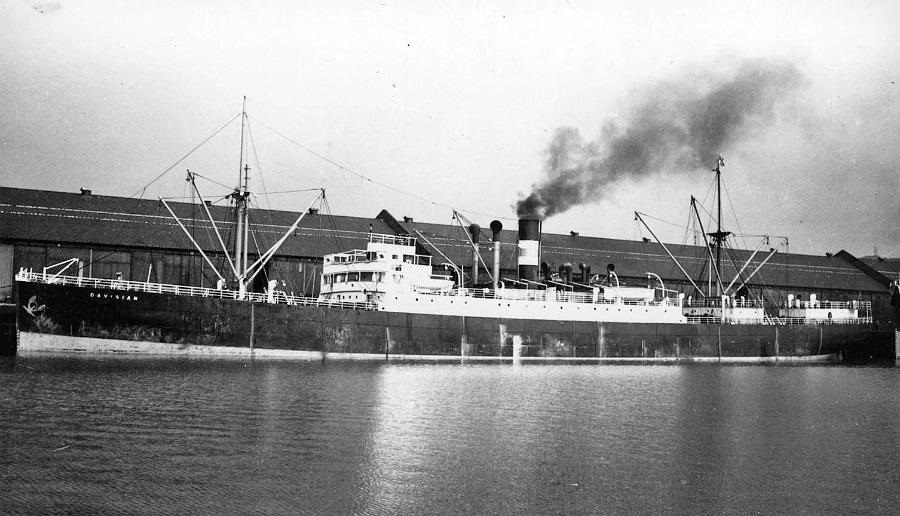
 DAVISIAN
DAVISIAN
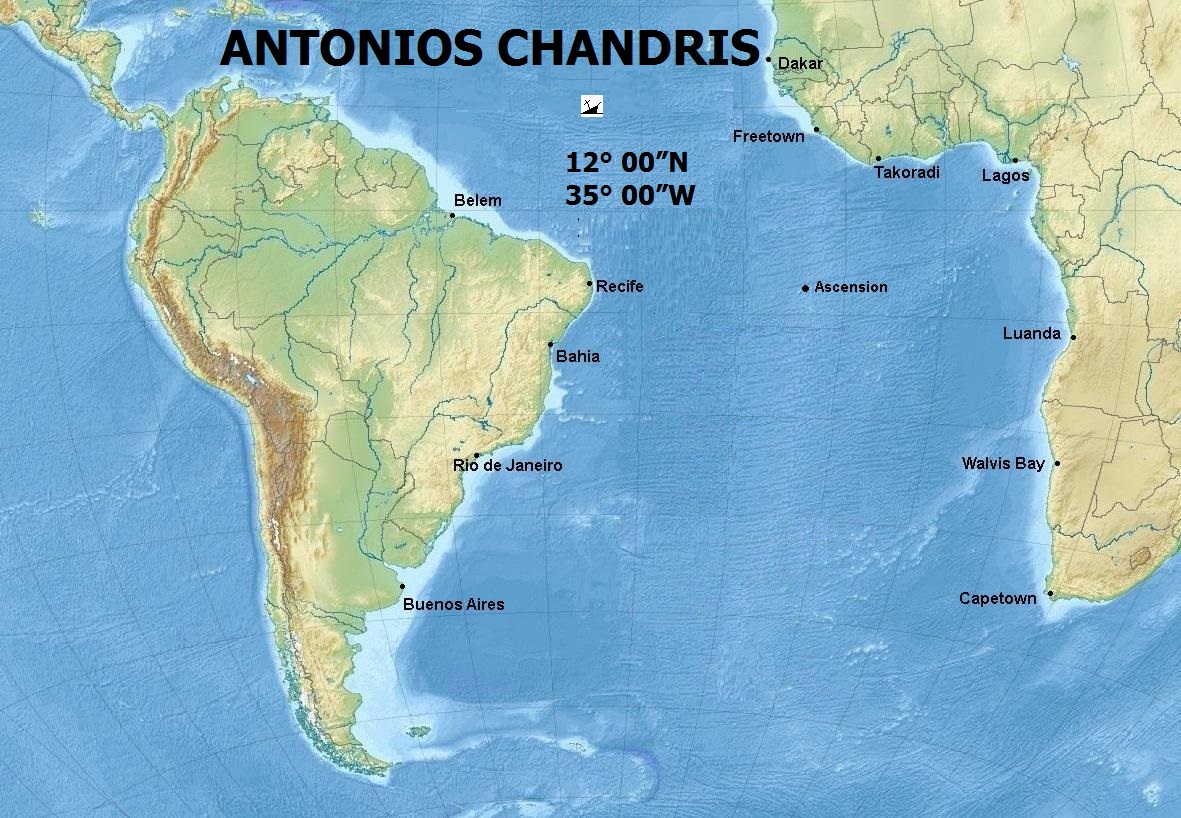
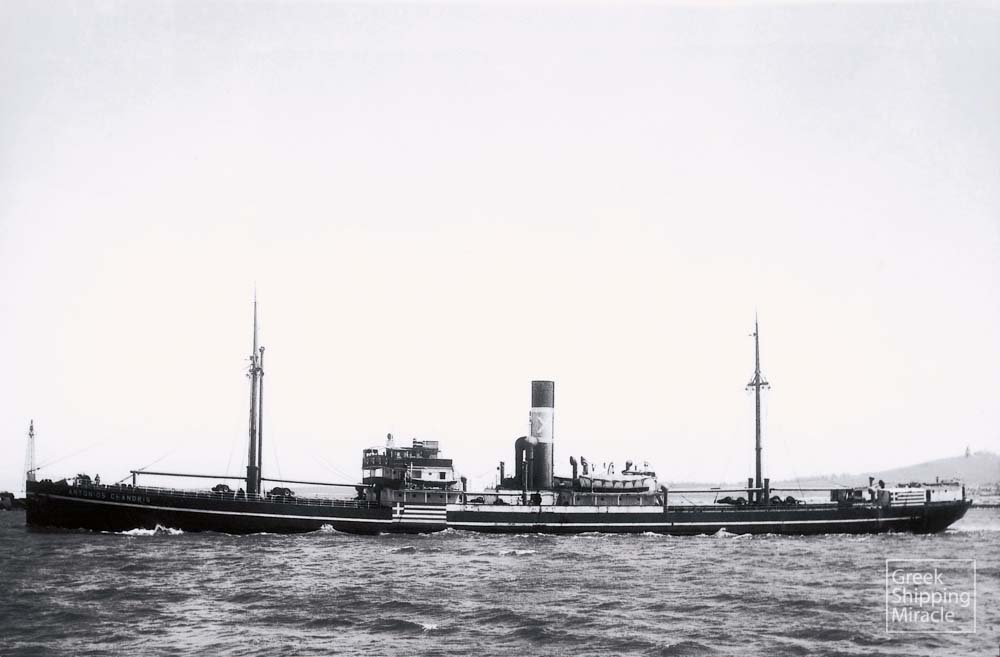
 ANTONIOS CHANDRIS
ANTONIOS CHANDRIS
